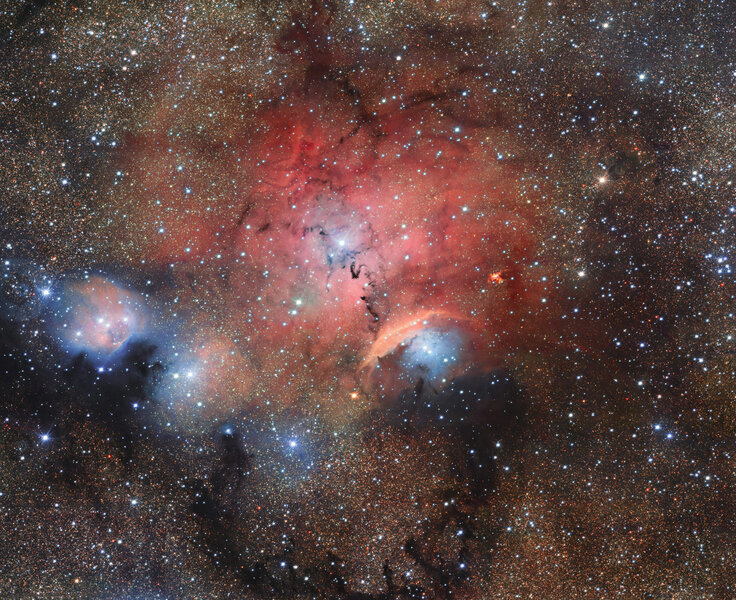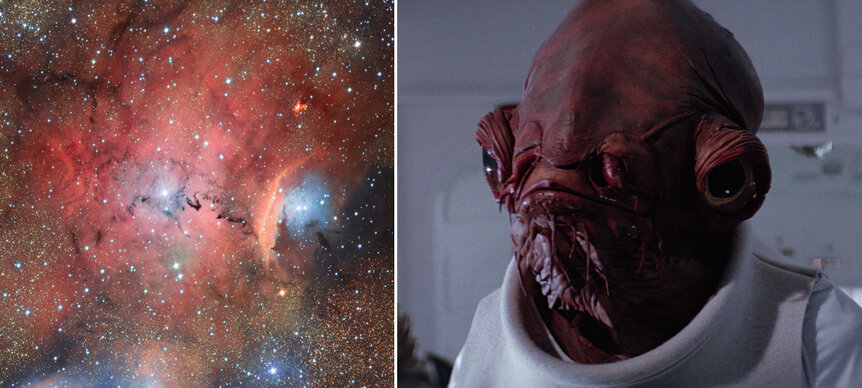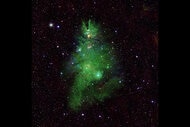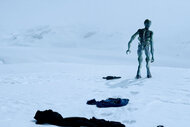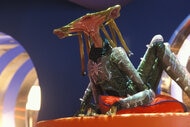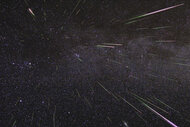Create a free profile to get unlimited access to exclusive videos, sweepstakes, and more!
This nebula is in our galaxy, not one far, far away
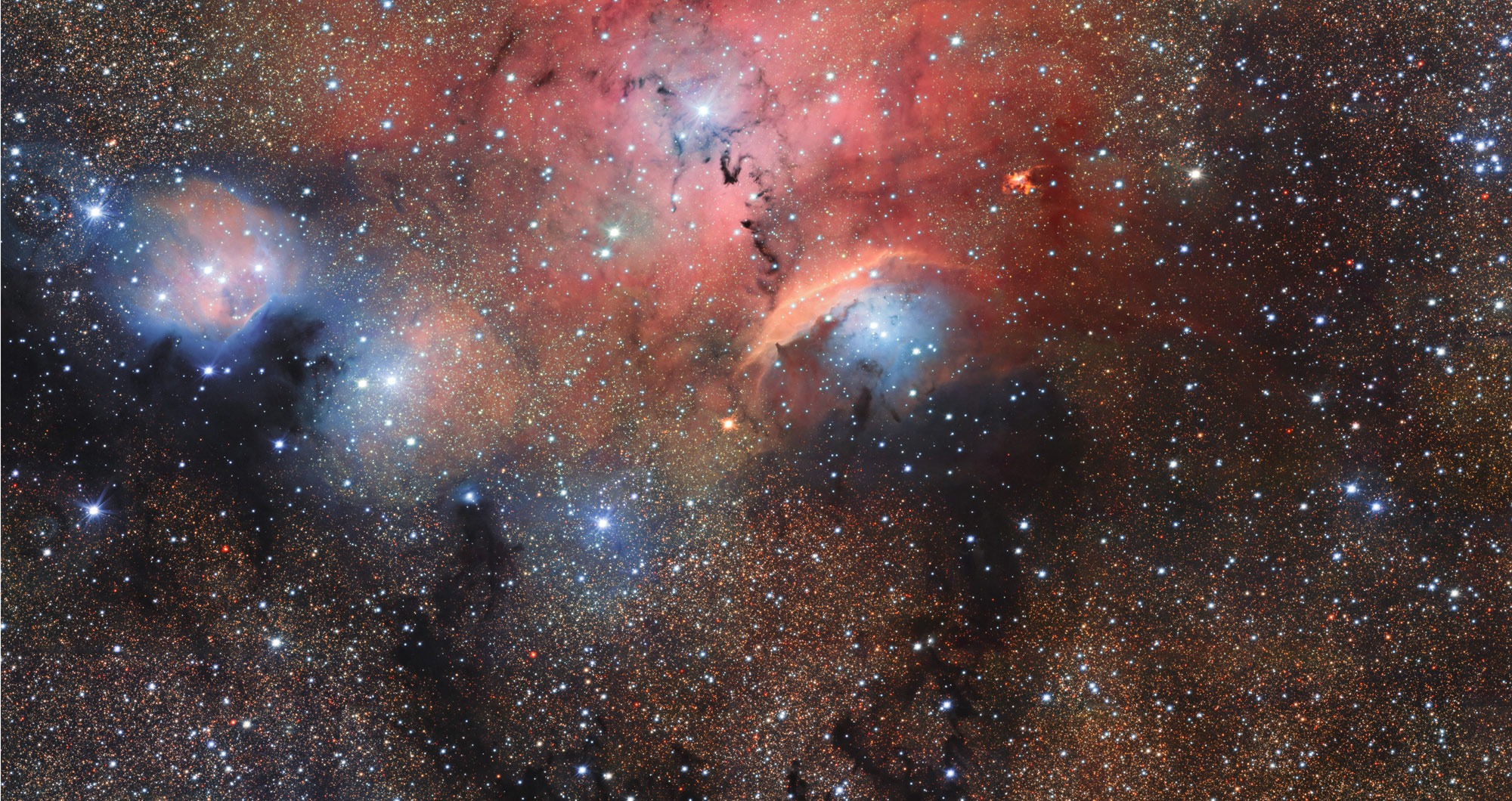
Oh, I do so love a good H II region.
That term, I think, is a bit old-fashioned*. There are other names for these objects: star-forming regions, ionized nebulae, and maybe my favorite: Strömgren spheres.
They have different implications, but at their hearts they all refer to vast clouds of gas and dust getting massively zapped by powerful stars inside them. Objects like this litter the galaxy, and they're all, to a one, jaw-droppingly beautiful.
As evidence of this, may I present the ridiculously gorgeous nebula Sharpless 2-29?
I know, seriously, right? This image was taken by the 2.6-meter VLT Survey Telescope (or VST) at the European Southern Observatory's Paranal site in Chile. The VST has a huge field of view, a degree across, or twice the width of the full Moon on the sky. This allows it to search literally far and wide, looking for distant objects in the solar system, planets orbiting other stars, and mapping the plane of our disk-shaped Milky Way galaxy.
That last bit is what you're seeing here: Sharpless 2-29 is nebula located in the constellation of Sagittarius, toward the center of the galaxy. We see lots of interesting activity in that direction; it's like living in the suburbs and looking downtown. It's where the action is.
There's so much I can tell you about this image! I could tell you how the red glow is from warm hydrogen, excited by the fierce luminescence of the bright star called HD 165921 in the middle of the cloud. I could tell you how this is a beast, a massive star (and possibly a binary of two huge stars) so hot and energetic that it can light up the gas for light-years around it — creating a roughly spherical region around it of this lit gas (hence the term Strömgren sphere, after the astronomer Bengt Strömgren, who worked out much of the physics of them in the 1930s).
I could tell you about the dust strewn through the region, grains of silicates (rocky material) and/or long chains of carbon molecules (essentially soot) created and blown out into space as stars age and die. I could tell you how dust is opaque to visible light, blocking the glow from the gas and the countless stars behind it.
I could tell you how much of this gas is collapsing to form stars, making this a stellar nursery. And I could tell you how you can see this for yourself if you look just right of center of the image, where a small cluster of stars called [BDS 2003] 2 is in the process of formation right now, lighting up the gas around it to create the nebula NGC 6559. See that arc of red gas? I could tell you that is from the combined winds from young stars, powerful analogues to the Sun's solar wind, blasting out and sweeping up that gas, piling it up into a curved shape. I could also wax at length about the blue glow, the reflected light from those stars on dust clouds around them.
Oh yes, I could tell you about all those wondrous things, because I am an astronomer and a science communicator and a storyteller.
But I am also another thing: a nerd. And therefore what I really want to tell you is the very first thing I thought when I saw this image. Not the grandeur of space, not the soul-crushing power of massive stars literally carving out cavities in the environment around them, not the subtle beauty and majesty of the same forces of nature we experience here on Earth writ large in the cosmos.
No, my first thought was this:
Hey, it's Admiral Ackbar from Return of the Jedi!
I think the resemblance is powerful, but as an aficionado of pareidolia, I see faces in everything. Despite all my years of scientific and astronomical training in analyzing images like this, I can't help the conclusions my brain instantly leaps to. Once you get started seeing them, it's hard to stop. So be aware:
It's a trap!
* It refers to the hydrogen in the cloud. H I is hydrogen that has an electron, and H II is hydrogen where the electron has been stripped off, so it’s now an ion (in the case of hydrogen, that means it's a bare proton).
